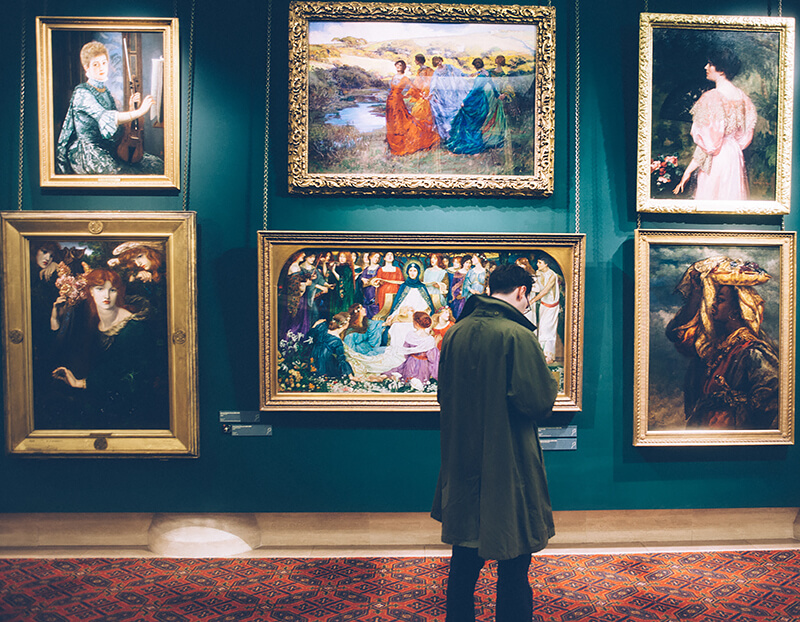Components of Machinery
Exploring machine drawing requires examining the core of machine anatomy. Let's explore each category:
- Structural Parts: Machines have a skeleton or frame, similar to the human body. When drawing a crane, focus on the foundational structure, conveying strength and solidity.
- Power Supply: The central energy source, like batteries or engines. Emphasize the complexity and connections when drawing.
- Locomotion: Consider how machines move – wheels, tracks, or articulated legs. Capture the essence of potential movement in your drawings.
- Manipulators: These are like machine hands. Draw grasping mechanisms with precision, ready to act.
- Weapons: For combat machines, draw weapons with detailed precision and ensure they look integrated.
- Sensors: Eyes and ears for machines, like cameras or radars. Highlight their connectivity and optimal positioning.
- Paneling and Armor: Cover the internals, depicting them as sturdy and purposeful. Show strength and flexibility where needed.
- Cockpit and Controls: For human-operated machines, draw an efficient array of controls. The layout should communicate accessibility.
Understanding these components helps showcase their collective purpose in your drawings, bridging imagination and functionality.
Stylus Configuration
In drawing machines, the stylus configuration brings unique textures to the artwork. Attaching pencil leads to objects like super balls, rawhide, or tennis balls transforms the machine's output.
| Object | Effect |
|---|---|
| Super ball | Unpredictable, lively squiggles, adding playful energy |
| Rawhide | Tactile, earthy quality with rough and uneven strokes |
| Tennis ball | Steady but slightly erratic marks, blending bounce and smoothness |
Experimenting with these configurations refines your drawing machine's artistic output. Pay attention to how each object impacts pressure and motion on the paper. Notice the patterns and textures they create.
This exploration is both technical and intuitive. It's about sensing possibilities and pushing boundaries. Each trial is a step closer to understanding how to convey your imagination through these tools.
Master the art of pairing the right stylus with your desired artistic outcome. This experimentation sharpens your technical skills and deepens your creative insight, blending engineering with creativity.
Creating and Analyzing Thumbnails
Thumbnail sketches are crucial for drawing complex machinery. They offer flexibility to experiment before diving into detailed artwork.
- Start with small, simple representations of your concept.
- Focus on broad shapes and overall design rather than fine details.
- Keep lines light and loose, experimenting with different configurations.
- Analyze your thumbnails critically. Evaluate balance, sturdiness, and logical placement of components.
- Consider both aesthetics and functionality.
Incorporate real-life references to enhance your sketches. Study existing machinery and integrate these observations into your thumbnails. This bridges imagination and practical engineering.
As you refine thumbnails, emphasize focal points and visual hierarchy. What draws the eye first? Guide the viewer through your drawing meaningfully.
Building up from thumbnails is iterative. Refine and improve upon each version, combining elements or revisiting discarded ideas.
Finally, transition to a more detailed drawing. Enlarge your selected thumbnail and add details gradually, starting with structural parts and moving to secondary elements.
This methodical approach turns drawing machinery into a manageable, creative journey, leading to artwork that balances precision and imagination.
Drawing Construction Vehicles
To draw construction vehicles effectively, start with understanding their primary shapes and forms. Let's explore a step-by-step approach:
Cement Truck:
- Begin with basic shapes: rectangles for the body, squares for cab and hood.
- Add wheels as sturdy circles, larger at the back.
- Shape the cab with squares and curved rectangles for windows.
- Draw the cement mixer drum as a cylindrical shape, narrowing at the ends.
Roller:
- Use large ovals for wheels, joined by rectangular frames.
- Add roller cylinders using big oval shapes.
- Include smaller details like the steering wheel and seat.
Excavator:
- Start with rectangular shapes for cab and platform.
- Draw the boom as elongated rectangles bent at angles.
- Add cylindrical shapes for hydraulics and a crescent shape for the bucket.
Bulldozer:
- Focus on the blade – a rectangular shape with triangular lift arms.
- Draw the main body as stacked rectangles for hood and cab.
- Depict tracks using circular shapes enclosed in long, curved rectangles.
Crane:
- Use a long, rectangular structure for the arm, divided into lattice segments.
- Draw the base and cab as broader rectangles with window details.
Front Loader:
- Sketch a boxy cab on large, circular wheels.
- Draw the loader's arm as an extended rectangle bending towards the bucket.
- Emphasize hydraulics connecting the arm to body and bucket.
This method of starting with basic shapes before refining details provides a structured approach to drawing construction vehicles. Keep experimenting and refining to capture these machines in all their mechanical glory.
- Smith J. The Art of Machine Drawing. New York, NY: Industrial Press; 2018.
- Johnson R. Construction Vehicle Design: From Concept to Blueprint. Chicago, IL: Machinery Publications; 2019.
- Brown T. Innovative Techniques in Mechanical Illustration. San Francisco, CA: Tech Art Books; 2017.


























